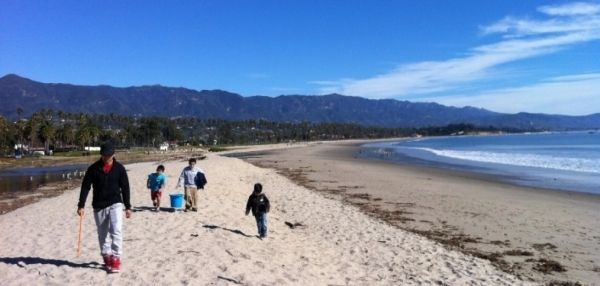From afar, the iconic sandy beaches of Santa Barbara, California, appeared pristine. Up close, students from Goleta Family School could see that the data they collected for the Marine Debris Monitoring and Assessment Project (MDMAP) told a different story.
These students had been monitoring their beaches every month using the protocols laid out in NOAA’s Marine Debris Monitoring Toolkit. Developed through a partnership between NOAA Marine Debris Program and the Office of National Marine Sanctuaries, the toolkit enables teachers to work with their students to contribute to the MDMAP. This global citizen science project helps scientists and communities document the magnitude of the marine debris problem and set targets for addressing it.
The MDMAP and other assessments show that marine debris is one of the most widespread pollution problems facing the world's ocean and waterways. Huge amounts of consumer plastics, derelict fishing gear, vessels, and other lost or discarded items enter the marine environment every day. In Santa Barbara, the litter and detritus in one beachfront area started to show a pattern. The students from Goleta Family School observed and recorded the same items over and over again: plastic wrappers from toothpicks and mints.
Continue reading at NOAA.
Image via NOAA.


